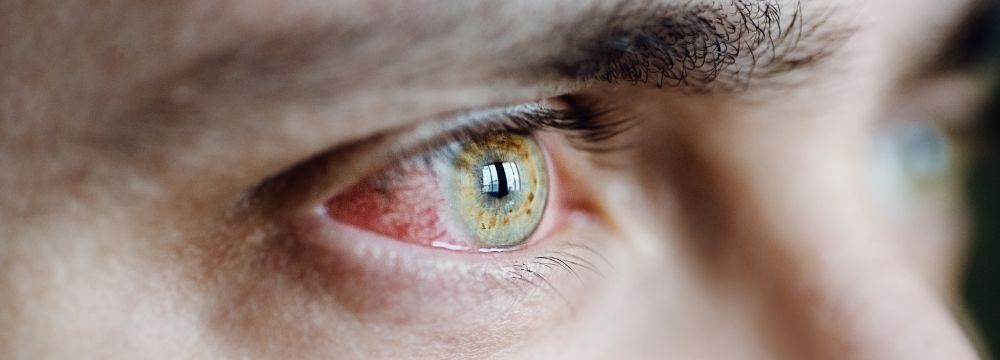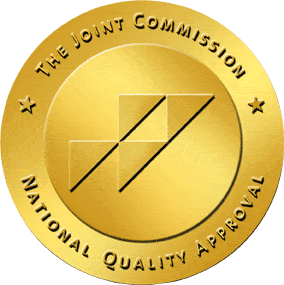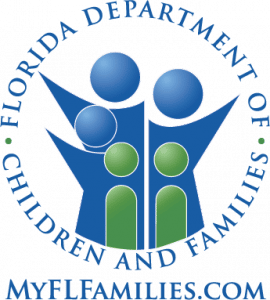It’s crucially important to understand that identifying someone’s drug use is not always as apparent as it looks when dramatized in movies and on TV. But even when not apparent, many drugs manifest in their users similarly, and there are definite clues to determine if someone might be using them.

Cocaine is one of those drugs. It is an alluring and addictive substance. It has even been portrayed as its own character in popular culture – personified as a temptress, gangster, powerbroker, and life of the party. But as we know, the way anything is portrayed for entertainment – especially drug use and its glorification – is never what it truly is. Behind the notorious rock-n-roll cocaine heyday and the white-powder-fueled endless social (and sexual) possibilities lies a false seductress promising a portal into a non-stop, amped-up party with seemingly no consequences but a twenty-four-inch waist and never-ending energy.
At some point, the movie ends. The high disappears, as does the party, and you are left with incredible mood swings, restlessness, and uncertainty about what you did in that coke-fueled state. Once invincible, you will crash, now swirling in sadness, intense fatigue, and irritability.
What Cocaine Does
Cocaine is a potent stimulant. It boosts those feelings of happiness, excitement, tremendous surges in energy, and, perhaps the most alluring – confidence. When used often, it seduces the abuser into feeling like anything is possible. This artificial and fragile invincibility is all pretend, however. High on cocaine, the individual makes decisions and acts in ways that a reckless alter-ego may – with risky, manic decisions, rash, and reckless confidence, often putting themselves in incredible danger.
The mood swings are tell-tale. Becoming easily agitated and irritable are the most common side effect of the comedown from cocaine. But there are other indicators too. If you believe someone close to you may be abusing cocaine, here are some signs to watch out for:
Eye Problems
Snorting cocaine can wreak havoc on the sinus cavities and the eyes. Often, abusing cocaine causes a person to stay up late into the night or skip sleep altogether. Further, the vapors emanating from cocaine may irritate the eyes. As a result, users of cocaine will likely have bloodshot eyes.
Using the drug can also lead to a condition colloquially known as “cocaine eyes.” Cocaine eyes occur when the pupils dilate and become sensitive to light. Often, cocaine users need to wear sunglasses even in low-light situations because their eyes are so sensitive to light from the drug. Think about the last time you had an eye exam with dilation and how sensitive you were to light for a while afterward.
Glaucoma
Glaucoma is a vision-threatening disease characterized by increased intraocular pressure that ultimately damages the optic nerve, leading to vision loss and blindness. Using any one of several illicit drugs seems to significantly increase the risk of developing glaucoma. However, a recent study showed that cocaine appeared to have the strongest correlation to this eye disease. The study showed that men using cocaine had an up to 45% greater likelihood of developing glaucoma. Similarly, men who used cocaine developed glaucoma almost 20 years sooner than those that did not use the drug.
More information: French DD, Margo CE, Harman LE. Substance use disorder and the risk of open-angle glaucoma. J Glaucoma. 2011 Sep;20(7):452-7. doi: 10.1097/IJG.0b013e3181f7b134. PMID: 21278592.
Keratitis
Keratitis represents an inflammation of the cornea which can occur in one or both eyes. Bilateral Keratitis is the medical term for inflammation in both eyes. One of the essential functions of the eye is the blinking reflex. By blinking, we reduce the incidence of dry eye and keep foreign objects from damaging or scratching the eye’s surface, known as the cornea. When cocaine or crack is smoked, and even when it is snorted, it acts as an anesthetic. It commonly results in the suppression of the blinking reflex. This allows the eye to be exposed, leading to dry eye and potential infection or damage. This is made worse because cocaine is often cut with sugar, talcum powder, corn starch, and other substances that can cause physical problems when they contact the eye. Keratitis can be caused by snorting cocaine and subsequent absorption through nasal membranes. While this can occur in both eyes, it is often worse on the side of the nostril most used for snorting.
Beyond the direct effects of cocaine on the eyes, there is often concern about patient compliance in managing and treating any eye problems associated with the drug. If the patient is not in recovery or therapy for their drug use, they often do not follow doctors’ orders. Cocaine users may frequently have problems such as chronic itching or rubbing of the eyes and frequent visits to the ophthalmologist or hospital. Without proper treatment, follow-up, and compliance, they risk blindness.
It’s essential to recognize that vision issues are not necessarily signs of cocaine use. Instead, they may be part of a larger pattern of behaviors and symptoms that suggest cocaine, or another illicit drug is being used. It is always important to speak to a knowledgeable professional such as a primary care physician with an understanding of drug use or an addiction specialist to understand the symptoms related to cocaine.
More information: Pilon AF, Scheiffle J. Ulcerative keratitis associated with crack-cocaine abuse. Cont Lens Anterior Eye. 2006 Dec;29(5):263-7. doi: 10.1016/j.clae.2006.09.002. Epub 2006 Oct 18. PMID: 17052948.
Erratic Sleep Patterns
Binging on cocaine can create off-schedule sleep patterns. The highs and lows, surges in energy, and then crashes wreak havoc on the body. It is challenging to maintain a sleep pattern when on cocaine. This is partly because REM sleep (the restorative kind) is suppressed during cocaine use. While occasional cocaine use often allows the person to return to relatively normal sleep patterns during abstinence, chronic cocaine use may interrupt sleep patterns even after the drug is no longer introduced.
It is also important to note that there may be a bidirectional relationship between cocaine and sleep. When cocaine users become accustomed to a frenetic and energetic lifestyle due to cocaine, withdrawal often leads to a period of sleepiness and malaise. This may prompt the user to take corrective action by repeatedly turning to the drug.
If you have noticed that someone is staying up extremely late or sleeping in, amongst other signs of drug use, they may be abusing cocaine.
For More Information: Watson R, Bakos L, Compton P, Gawin F. Cocaine use and withdrawal: the effect on sleep and mood. Am J Drug Alcohol Abuse. 1992;18(1):21-8. doi: 10.3109/00952999209001608. PMID: 1562006.
Pulling the Disappearing Act
To use cocaine discreetly while out and about, it’s common to look for privacy. Abusing cocaine is more involved than popping a pill. Pulling the “disappearing act” while out, generally by excusing oneself to the restroom, can signify that a person is using cocaine. Note the demeanor and behavior when the person returns. Do they have a second wind? Are they ready to rally? Is it like they recharged somewhere? Are they sniffling and wiping their nose repeatedly? These characteristics may point toward cocaine or other illicit drug usage.
Extreme Anxiety and Nervousness
Cocaine is a potent stimulant. Often users look for cocaine to alleviate anxiety and nervousness but may be doing quite the opposite. Even after using the drug just once, users can experience extreme anxiety, worry, and restlessness for up to days after coming down from the drug. Not only is there a physical drop in this letdown, but the fear and anxiety can be compounded by the desire to find and use the drug again. Crack cocaine may heighten these effects.
Further, those with pre-existing psychiatric disorders may worsen them with cocaine use. There is also a significant correlation between cocaine use and suicide. Longer-term use can induce or worsen other psychiatric symptoms, including hallucinations and paranoia.
Mood Swings
One of the most significant side effects of cocaine use is incredible mood swings during and after use. Cocaine stimulates the brain, causing feelings of elation and, soon after, causing a crash into hopelessness and depression. This cycle destroys the possibility of a healthy or “normal” state of mind. These swings in mood are often described as manic in behavior, meaning a state of mind with racing thoughts and uncontrollable, erratic, and exaggerated behaviors. Mania can often be described as “crazed” or unusually talkative and hyper.
Additional Signs
Other physical signs of cocaine may include the following:
- Runny nose
- Nosebleeds
- Lack of looking after health and appearance
- Extreme fatigue
- Inflammation of the heart muscle
- Cardiac arrhythmias
- Increased risk of a heart attack
Other mental signs of cocaine may include the following:
- Overconfidence
- Euphoria
- Unusual excitement
- Paranoia
- Aggressiveness
- Poor judgment
Despite the rock-and-roll portrayals and party-hard reputation of cocaine, it is a dangerous substance that quickly becomes addictive. It not only affects a person’s mood, motivation, and energy, but it can increase the risk of psychiatric disorders, disease, and death.
If you believe someone close to you may be suffering from an addiction to cocaine, the medical team and therapists at Destination Hope can walk you through treatment options. Learn more by contacting us today.
This infographic will highlight the dangers associated with cocaine use such as: heart attack, stroke, seizures and even sudden death.



